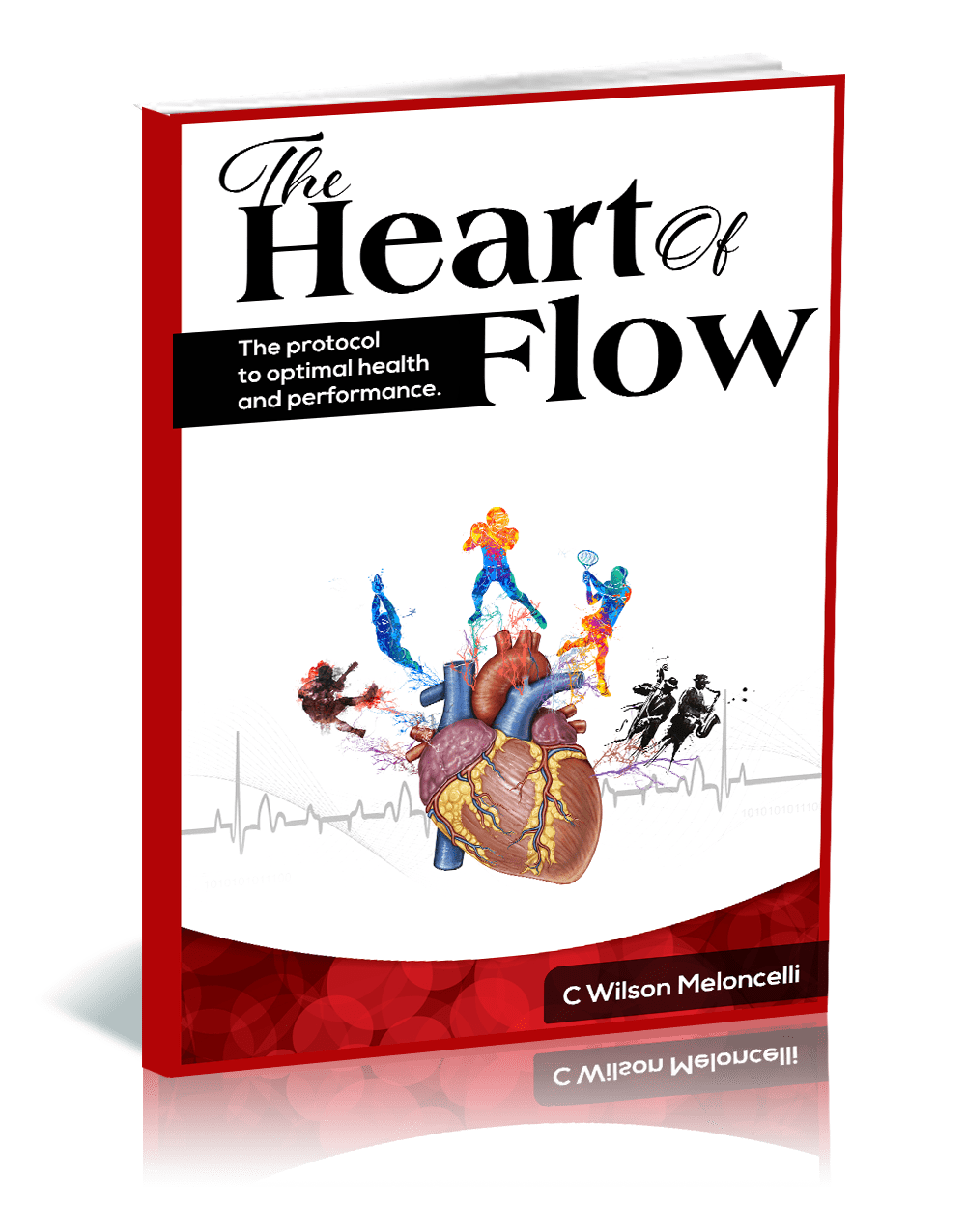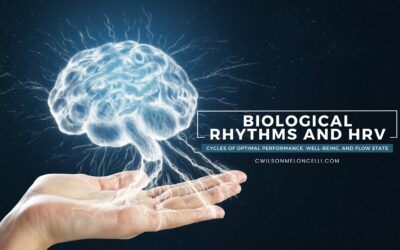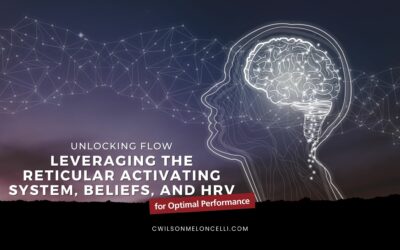
The concept of "flow" has been a topic of intrigue for psychologists, neuroscientists, and productivity enthusiasts for decades. Coined by psychologist Mihaly Csikszentmihalyi in the 1970s, flow refers to a state of optimal experience where an individual is fully immersed in an activity, leading to heightened focus and increased performance. But what exactly happens in our bodies when we enter this state? Let's lightly delve into the physiology of flow.
Brain Activity: The Prefrontal Cortex Takes a Backseat
One of the most fascinating changes during a flow state is the phenomenon known as "transient hypofrontality." This term describes the temporary slowing down of the prefrontal cortex, the brain region responsible for higher cognitive functions like self-awareness and decision-making.
"The prefrontal cortex, a part of the brain that handles cognitive tasks like decision-making, self-awareness, and inhibitory control, becomes less active during a flow state. This can lead to a feeling of timelessness, a loss of self-consciousness, and an increase in creativity."
Neurochemical Cocktail: A Boost of Feel-Good Chemicals
During flow, the brain releases a cocktail of neurochemicals, including dopamine, serotonin, norepinephrine, anandamide, oxytocin and endorphins. These chemicals not only enhance mood but also improve focus, motivation, and performance.
For instance, dopamine, often dubbed the "reward chemical," boosts motivation, focus, and learning. Anandamide, on the other hand, is linked to lateral thinking, helping us make connections between seemingly unrelated concepts—a crucial aspect of creativity.
Altered Brain Waves: The Shift to Theta
Brainwave activity shifts during flow. While our typical waking state is characterized by beta brainwaves, during flow, there's a shift towards the theta brainwave state, typically associated with deep relaxation and early stages of sleep. This state is believed to foster creativity and integrative thinking.
"Theta brainwaves, often linked to creativity and insight, become more dominant during the flow state, suggesting a deep, meditative level of concentration."
Enhanced Physical Performance: The Body in Overdrive
Flow isn't just a cerebral experience. Athletes often describe being "in the zone," where their physical performance seems effortless and their movements perfectly coordinated. This is due, in part, to the body's release of endorphins, which act as natural painkillers, allowing athletes to push past their usual limits.
Heart Rate Variability: A Marker of Flow
Heart rate variability (HRV), the variation in time between successive heartbeats, has been linked to flow states. Higher HRV suggests a balance between the sympathetic (fight or flight) and parasympathetic (rest and digest) nervous systems, indicating a state of physiological coherence and focus.
"A study found that elite athletes in flow states exhibited higher heart rate variability, suggesting a balance between stress and relaxation pathways in the body."
Immune System Boost: Flow's Protective Mechanism
Flow states might also offer protective benefits. The release of positive neurochemicals during flow can bolster the immune system, making the body more resilient to stress and illness.
The Afterglow: Post-Flow Benefits
The benefits of flow don't end when the state subsides. Many individuals report an "afterglow" following a flow experience, characterized by elevated mood, increased calmness, and a sense of satisfaction. This is likely due to the residual effects of the neurochemicals released during flow.
The flow state, while often described in psychological terms, is deeply rooted in our physiology. From shifts in brain activity to the release of a cocktail of neurochemicals, our bodies undergo a series of changes that enhance our performance, creativity, and well-being. By understanding the physiological underpinnings of flow, we can better harness its benefits, whether we're aiming for athletic prowess, artistic creativity, or peak cognitive performance. As Csikszentmihalyi eloquently put it, flow is the secret to happiness, and now we know it's also a symphony of physiological processes working in harmony. 
Ready to unlock your full potential and dive deeper into the fascinating world of flow? Discover how understanding the physiology of flow can transform your performance and well-being. Join our program, The 4 Cycles of Flow, and embark on a journey to harness your body's innate capabilities for peak performance and creativity. Don't miss this opportunity to take your life to the next level. Join the 4 Cycles of Flow program today!
References
— Dietrich, A. (2004). Neurocognitive mechanisms underlying the experience of flow. Consciousness and Cognition, 13(4), 746-761.
— Gruzelier, J. H. (2014). EEG-neurofeedback for optimising performance. I: a review of cognitive and affective outcome in healthy participants. Neuroscience & Biobehavioral Reviews, 44, 124-141.
— Thayer, J. F., & Lane, R. D. (2009). Claude Bernard and the heart–brain connection: Further elaboration of a model of neurovisceral integration. Neuroscience & Biobehavioral Reviews, 33(2), 81-88.









